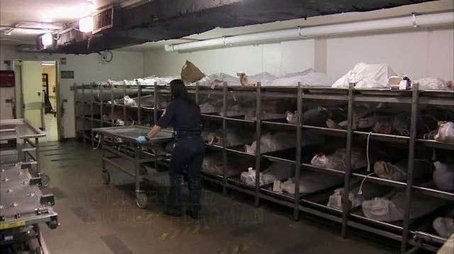
Sorry, we have not watched this yet.

A collaboration with NPR and ProPublica reveals how dysfunction, low standards, and lax oversight impacts investigations into sudden or suspicious deaths.
Sorry, we have not watched this yet.